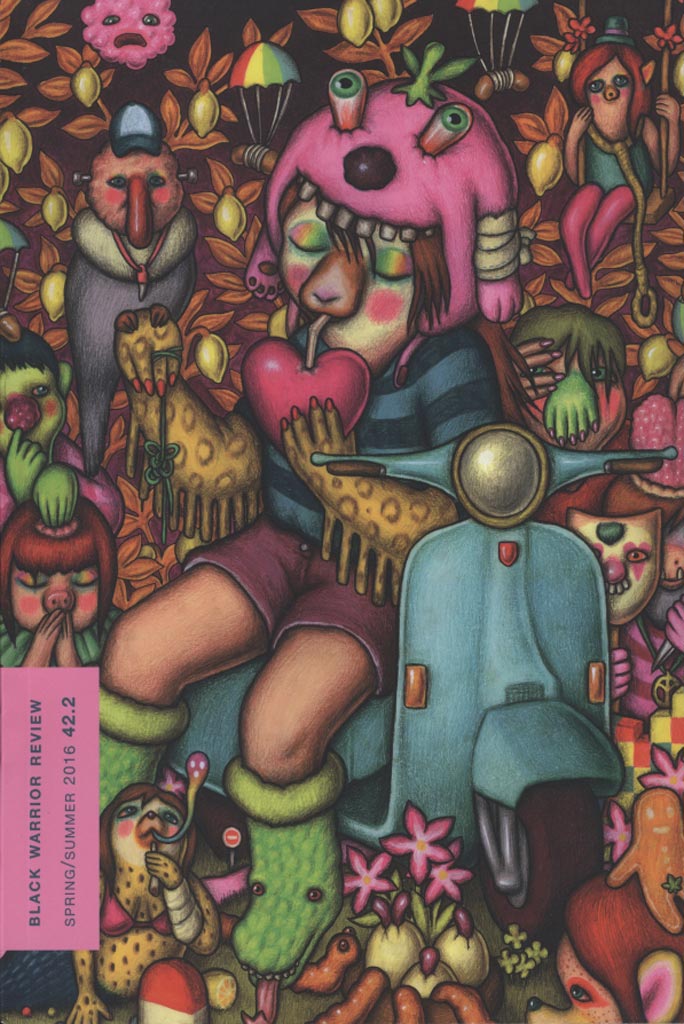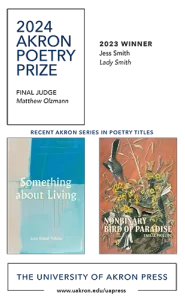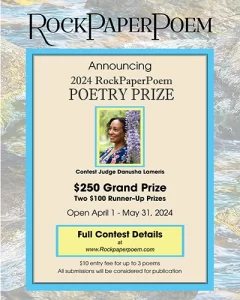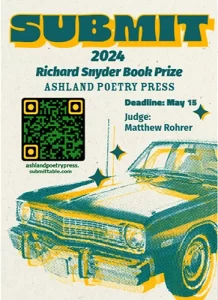Black Warrior Review – Spring/Summer 2016
The Black Warrior Review (BWR), published out of the University of Alabama Tuscaloosa, mixes the bizarre with the familiar in issue 42.2. Best summed up by Megan Milks in their chapbook “The Feels”— a legitimization of queer pairing in fanfiction communities—this issue expands “what is possible in both the actual world and the world of the text.”
The Black Warrior Review (BWR), published out of the University of Alabama Tuscaloosa, mixes the bizarre with the familiar in issue 42.2. Best summed up by Megan Milks in their chapbook “The Feels”— a legitimization of queer pairing in fanfiction communities—this issue expands “what is possible in both the actual world and the world of the text.”
Claire Hero’s two prose poems “The Encroaching Fur” and “What was Found in the Halls of Coyote” follows Coyote. Coyote brings with her the pollution and devastation we wish to hide. Hero’s sentences bring the ugly to the forefront until Coyote is almost lost: “out of the burnings, out of slaughterhouse / chutes and the restless pandemics, Coyote comes with her stomach full / of plastic, with her neck in the six-pack’s noose.” Hero’s rambling words and emphasis on the disorder disorient us from the action of a coyote emerging into sight. She further shakes up reality in her second poem “What was Found” where Coyote eats her eye. The poem follows the descent of the eye through Coyote’s body and Hero concocts a list of objects turned bizarre when found in Coyote’s stomach: “Inside Coyote / sawdust & wire, paste & pins, the bill of a toucan, the skin of a polecat.” Hero’s poems revel in the surreal.
Another piece built on possibilities is the story “X Approaching Infinity” by Kendra Fortmeyer. A recently-divorced woman goes on a date. Story over. Except Fortmeyer lays out the potential outcomes of this date in multiple parallel universes. We focus on Universe A (with brief but continuous side trips to universes P, Q, R, S, T, U, V etc.). Anything can happen and Fortmeyer’s third person narrator does not let us forget it. Just as the woman and the Date are about to kiss, “In one very strange universe, a pigeon suddenly flew smack into her left cheekbone. It was a mess. Blood and feathers everywhere.” The piece works because the characters are the same and the realities are never confusing. In every reality, the story remains grounded with the woman questioning whether she is ready for love. Fortmeyer stretches into parallel universes without choosing experimentation over clarity.
In Jill Rosenberg’s fiction “The Twins” (winner in BWR’s 11th Annual Fiction Contest), a mother gives birth to twins: one skinny and one fat. She sees herself in her children and this realization drives her to violence. Rosenberg’s story begins steeped in reality but then horror creeps in when the woman locks her babies in a cabinet to decide which one will live, “The winner will be mine, she thinks, and I will love the winner so much. Everyone loves a winner.” Peppered with the woman’s first person thoughts, the woman is culpable but understandable in her quest for love and motherhood done right. Rosenberg stretches the limits on the intersection of violence and love.
Susan Briante’s essay “The Messengers” blends the factual with the myth. Told in short bursts of prose, poetry, and lists, each section is a new way to cope with the death of the narrator’s mother. For Briante, constellations, comets, and outer space serve as extended metaphors for her understanding of death. “To the ancients, comets brought messages from heaven foretelling of [ . . . ] disasters. Some saw the comet as a woman’s head [ . . . ] others thought the comet appeared to be a fiery sword.” She then skips to the facts, deconstructing the chemical composition of comets and juxtaposing the scientific with the mystical all without finding concrete answers. The essay hinges on what we don’t understand and the ways we struggle to make meaning.
Megan Milks’s chapbook “The Feels” is the centerpiece of this issue, generating new meaning and inviting us to join the conversation. A collection of found poems drawn from slash fanfiction (queer relationships of all genders) as source material, Milks breaks every rule. They use fanfiction as source material for their found poems and embrace the abstract, pulling the word feeling (and all its variations) direct from the fanfiction source: “I love the feeling / I feel / I always feel / I feel all the time.” It is up to us to decide what that feeling is. What works best for Milks is that they provide The Feel Machine: the exercises they used to create their chapbook. They want us to generate our own possibilities born out of what makes us feel.
The authors in this issue of BWR welcome us into the odd. They tilt the world, skew the familiar and make the bizarre a little more plausible.
[www.bwr.ua.edu]





